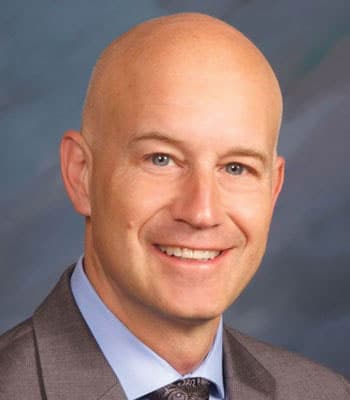Boulder, NoCo metros lead state with lowest jobless rates
Boulder and Fort Collins posted the state’s lowest jobless rates in February, according to figures released Friday by the Colorado Department of Labor and Employment, which also reported that the state’s employment picture has returned to pre-pandemic levels.
Boulder recorded 2.7% unemployment and Fort Collins was close behind at 2.9%, according to the statistics.
Erie and Lafayette posted the area’s lowest jobless rates, at 2.6% each. Windsor came in at 3%, while Longmont and Loveland recorded 3.1% of their workforces without employment. Greeley trailed the area at 3.7%, slightly higher than the national rate of 3.6%, although its metropolitan statistical area stood at 3.4%.
Brighton posted 4% unemployment overall, although its Weld County portion saw 2.8% jobless.
On a county level, Boulder led the way again with a 2.7% jobless rate, followed by Broomfield and Larimer counties at 2.9% and Weld County at 3.4%.
Huerfano County had the state’s highest unemployment rate for February at 6.9%, and winter sports-dependent Summit County was lowest at 2%, tying with Kit Carson, Mineral and San Miguel counties.
Most area jobless rates ticked up slightly since January because of cold and snowy weather, said Ryan Gedney, CDLE’s principal economist.
When asked whether the economy was headed for a recession, Gedney hinted that much of the anxiety could be driven by media accounts, but acknowledged “friction within the banking and tech sectors” in the wake of a pair of high-profile bank collapses, as well as the Federal Reserve’s action Wednesday that raised interest rates by a quarter of a point. Still, he said, “at this point, I’m still expecting status quo.”
Colorado’s unemployment rate ranks fourth-lowest nationally, has remained below 3% for 10 consecutive months and remains at pre-pandemic levels, according to CDLE data. However, the state’s rate of job growth over the past year is 1.6%, lagging the U.S. rate of 2.9%.
According to CDLE’s survey of households, Colorado’s seasonally adjusted unemployment rate rose one-tenth of a percentage point in February to 2.9%, compared with the January rate of 2.8%. The number of unemployed individuals increased by 2,200 over the same time period to 92,700.
Colorado’s labor force increased by 10,700 in February to 3.217 million. The share of Coloradans participating in the labor force rose to 68.3% in February, compared with 68.1% the month prior. The U.S. labor force participation rate was 62.5% in February, increasing one-tenth of a percentage point from the month prior.
The number of individuals employed in Colorado grew by 8,500 in February to 3,124,400, which represents 66.3% of the state’s population aged 16 and older, one-tenth of a percentage point higher than a year ago. The national employment-to-population ratio was unchanged in February at 60.2%.
Employers in Colorado added 6,200 nonfarm payroll jobs from January to February for a total of 2,887,700 jobs, according to the survey of business establishments. Private-sector payroll jobs increased by 4,400, and government added 1,800 jobs.
January estimates were revised down to 2,881,500, and the month-to-month change from December to January was a loss of 700 rather than the originally estimated increase of 800. Those monthly revisions are based on additional responses from businesses and government agencies since the last published estimates.
The leisure and hospitality sectors showed the most significant private-industry job gains from January to February, and there were no significant declines.
Leisure and hospitality also showed the largest non-farm private-sector gains since February of last year, followed by professional and business services, education and health. During that same period, financial activities, trade, transportation, and utilities, construction and information payroll jobs declined.
Over the year, the average workweek for all Colorado employees on private nonfarm payrolls decreased from 32.9 to 32.7 hours, while average hourly earnings grew from $33.77 to $35.68, nearly $2.60 more than the national average hourly earnings of $33.09.
The reference period for the establishment and household surveys was the pay period or week that includes the 12th of the month. The unemployment rate, labor force, labor force participation, total employment and the number of unemployed are based on a survey of households. The total employment estimate derived from this survey is intended to measure the number of people employed.
Nonfarm payroll jobs estimates are based on a survey of business establishments and government agencies, and are intended to measure the number of jobs, not the number of people employed. The business establishment survey covers about seven times the number of households surveyed and is therefore considered a more reliable indicator of economic conditions. Because the estimates are based on two separate surveys, one measuring jobs by worksite and the other measuring persons employed and unemployed by household, estimates based on these surveys may provide seemingly conflicting results.
All Colorado estimates from the establishment and household surveys, including greater geographic detail, are available at: www.colmigateway.com. Estimates for all states and the nation are available at: www.bls.gov.
Source: BizWest


